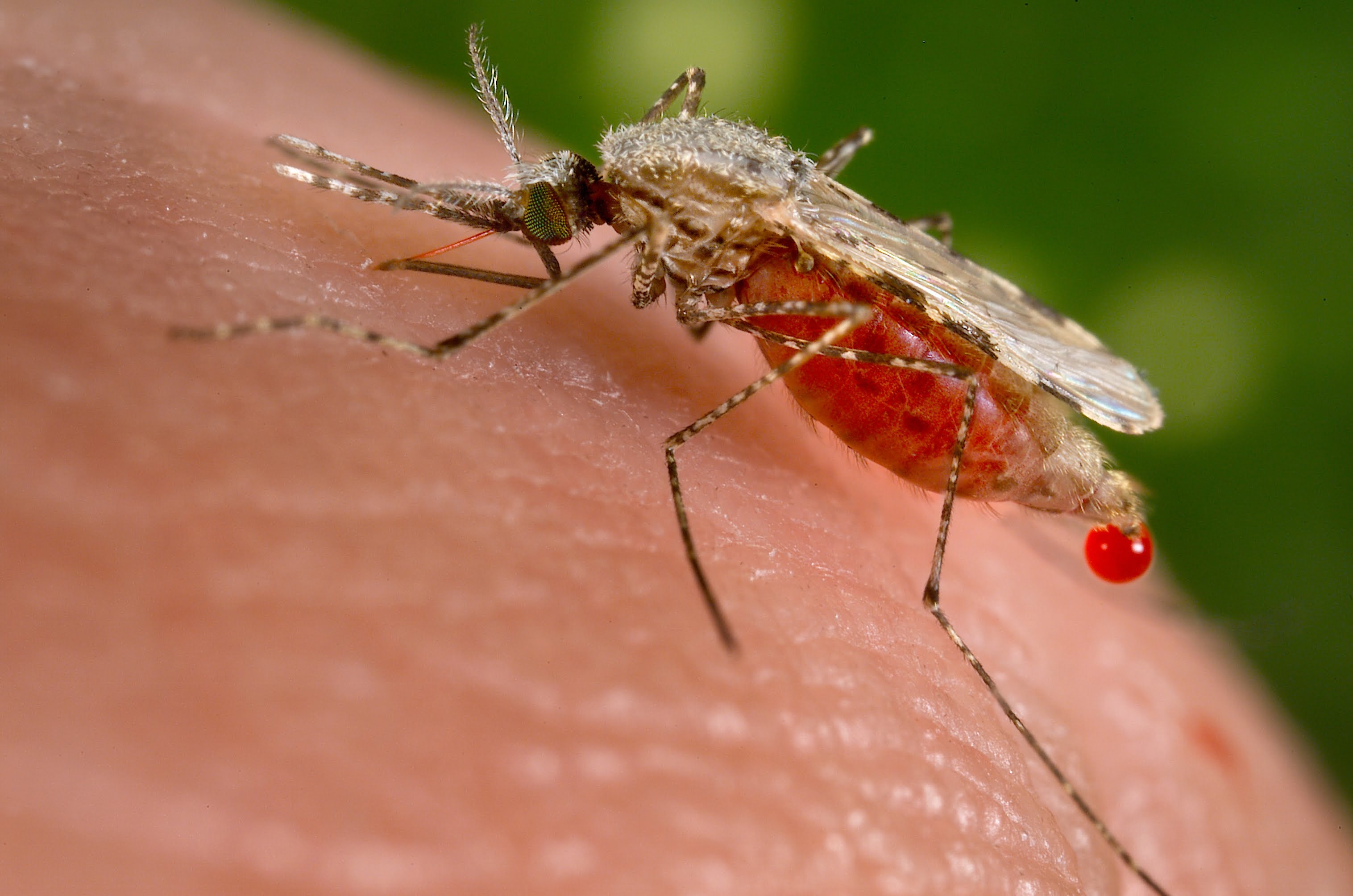Ed note. This op-ed, by Thierry Diagana and Nick White, originally appeared in Project Syndicate and is reprinted with permission.
SINGAPORE – The dramatic drop in malaria deaths since the beginning of the century is one of the great public-health success stories of recent years. Thanks to concerted investments in prevention, diagnosis, and treatment, the number of people killed by the disease each year has declined 60% since 2000, saving more than six million lives.
And yet, even as the dream of eliminating malaria seems closer to becoming reality, growing drug resistance is threatening these remarkable gains. Resistance to the most effective antimalarial medicine, artemisinin, has emerged in Cambodia and is spreading across the Mekong Delta region.
Without effective and timely action, this new, resistant form of malaria will become widespread – a pattern that has already occurred twice with older malaria medicines. Governments, international organizations, civil-society groups, and companies must take urgent steps to prevent an epidemic of resistant malaria and stop a painful episode from recurring.
In order to delay the spread of resistance long enough to allow new drugs to come onstream, an urgent short-term objective must be achieved: preventing resistance from taking hold in South and Southeast Asia and spreading elsewhere. If history is any guide, artemisinin resistance could move into India and onward to Sub-Saharan Africa and the rest of the world, putting millions of lives at risk and jeopardizing decades of progress.
In the 1950s, resistance to another medicine, chloroquine, emerged along the Thai-Cambodia border. The same thing then happened in the 1970s with sulphadoxine-pyrimethamine (SP). From Southeast Asia, resistance to chloroquine and SP spread to India, and from there to Africa and much of the rest of the world. Millions have died as a result, most of them young African children.
The consequences of widespread artemisinin resistance would be similarly devastating. Even the most conservative estimates paint a grim picture. One study found that its spread could result in more than 116,000 additional deaths each year and roughly $417 million in associated medical costs and productivity losses – above and beyond the $12 billion in productivity losses malaria already costs Sub-Saharan Africa each year.
Despite broad-based concern over the past eight years, artemisinin resistance has not been contained. On the contrary, it has now been detected in Cambodia, Vietnam, Laos, Thailand, and Myanmar, on India’s eastern border.
There has been a welcome increase in donor support, notably the Regional Artemisinin-resistance Initiative, funded by a $100-million grant from The Global Fund to Fight AIDS, Tuberculosis, and Malaria. But the slow strengthening of conventional control interventions is not proving capable of outpacing the spread of resistance.
To end malaria, we need a united global front against the drivers of resistance. In addition to efforts to contain artemisinin resistance in the Greater Mekong sub-region, action is needed farther afield. According to the World Health Organization, as of November 2015, national health authorities in six African countries and Colombia had not yet withdrawn their marketing authorizations for oral artemisinin monotherapies – an important driver of resistance.
Stronger commitments from the private sector will be needed as well. As of December 2015, 21 drug manufacturers contacted by the WHO had not yet agreed to stop producing oral artemisinin monotherapies. More than two-thirds of these companies are located in Asia.
Research-based pharmaceutical companies must also invest in the next generation of antimalarial medicines. While many artemisinin-based treatments remain effective, at some point they will need to be replaced – or risk becoming part of the problem.
Through a public-private partnership with the Singapore Economic Development Board, the Novartis Institute for Tropical Diseases has led the formation of a research consortium with this precise aim. The effort has already yielded two promising new antimalarial drug candidates currently in Phase 2 clinical trials – new classes of compounds that treat malaria in different ways from current therapies and thus have the potential to combat emerging drug resistance.
More broadly, product development partnerships, such as the Drugs for Neglected Diseases initiative and the Medicines for Malaria Venture, are bringing together academic, pharmaceutical, and funding partners to deliver potential new treatments for neglected diseases. These collaborations can shepherd promising compounds through the lengthy and expensive process of drug development and approval.
Two other antimalarial compounds in Phase 2 clinical trials are currently being developed with support from Medicines for Malaria Venture – one with Takeda Pharmaceuticals and the US National Institutes of Health, and another with the French pharmaceutical company Sanofi.
We may be winning many battles against malaria, but familiar warning signs indicate we could lose the war. The spread of artemisinin resistance in Asia today threatens the lives of children in Africa tomorrow. That’s why we need effective action to prevent the spread of artemisinin resistance, including urgent investments in the next generation of antimalarial treatments. If we do not heed the history of malaria, we may be doomed to repeat it.
Thierry Diagana is Head of the Novartis Institute for Tropical Disease in Singapore.
Nick White is Professor of Tropical Medicine at the Mahidol Oxford Tropical Medicine Research Unit in Bangkok.
